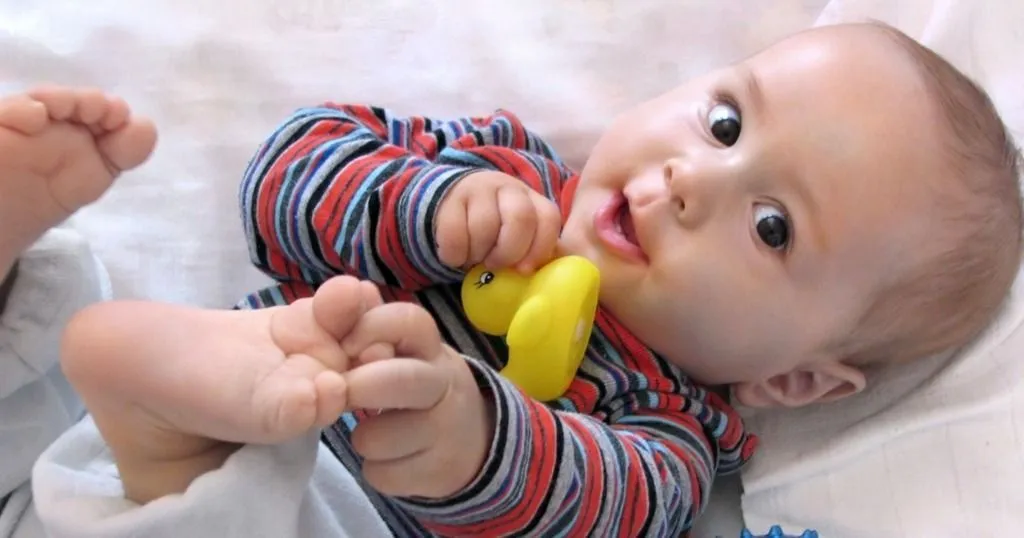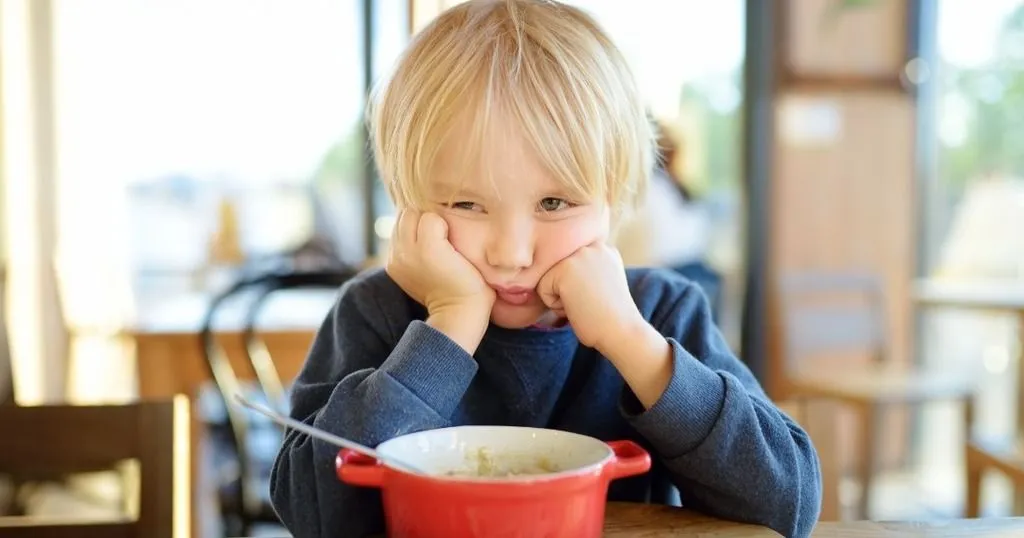Understanding the micro-dynamics of couples’ interactions
How do aspects of romantic relationships, such as communication and emotions, develop during real-time couples’ interactions? A study on this was conducted in the Department of Psychology at the University of Zurich.
Posted by
Published on
Tue 12 Mar. 2024
Topics
| Coding Behavior | Communication | Emotions | FaceReader | MediaRecorder | The Observer XT | Multimodal Research |

This blog post was written by Myrto Dolcetti, PhD student and assistant at the Gerontopsychology and Gerontology Unit & the Clinical Psychology Children/ Adolescents and Couples/ Families Unit, Department of Psychology, University of Zurich.
Understanding the micro-dynamics of couples’ interactions across the adult lifespan
The way romantic partners communicate in their daily interactions, as well as experience and express emotions, is associated with the partners’ and couples’ well-being, both in daily life and in the long-term (e.g., Hoppmann et al., 2011; Weber, 2021). Investigating and understanding these communication and affective patterns is thus crucial for promoting couples’ well-being over the adult lifespan. This includes examining their development during everyday couples’ interactions as well as over a longer period of time.
Romantic partners mutually and continuously influence each other. Changes in the behavior or emotions of one partner affect the behavior and emotions of the other partner. Which in turn can have an effect on how the first partner will act or feel (e.g., Butler, 2011).
These dynamic processes are taking place within each couple and can vary depending on contextual factors (e.g., the type of interaction: conflict or support discussion) or temporal factors (e.g., Gable et al., 2012; Schoebi, 2008). For example, these within-couple dynamic processes can be observed over the course of days or weeks, but can also take place in a second-by-second basis.
Observing couples’ real-time interactions over time
A longitudinal study with a duration of ten years (2011-2022) was conducted in the Department of Psychology of the University of Zurich. Aim of the study was, among others, to understand how several aspects of romantic relationships, such as communication and emotional expression, develop during real-time couples’ interactions, but also over a period of ten years. Moreover, possible factors influencing this development were examined.
In this project, three chairs have been involved: Clinical Psychology for Children/ Adolescents and Couples/ Families Unit, Gerontopsychology and Gerontology Unit as well as Psychology of Motivation, Volition and Emotion Unit. For this project, a collaboration was also built with the Methods for Intensive Data in Psychology Unit of the University of Konstanz.
A group of 368 Swiss, heterosexual couples, belonging in three age cohorts, participated in the first year of the study. During the first five years and in the last year of the study, the participating couples, besides completing self-report questionnaires, also took part in a laboratory observation.
This behavioral observation included three eight-minute interactions: one conflict and two support (dyadic coping) discussions on a topic that, for each partner separately, represented a stressor outside of their relationship. Thus, an investigation of couples’ real-time interactions over years was enabled.

Easy recording of each interaction with MediaRecorder - in the laboratory and at home
For the tenth and final year of the study, a high-tech and user-friendly observation lab, the Dyadic Communication Analytics Lab (current: Dyadic Dynamics Analytics Lab) was set up with the assistance of Noldus Information Technology. By using MediaRecorder, installed in the control room of our lab, we managed to easily record each interaction with four cameras - located in our observation room - from four different angles simultaneously.
Two of the cameras - installed on the wall besides each interacting partner - were recording frontal videos of each of the two romantic partners and two dome cameras, installed on the ceiling, collected frontal and rear behavioral data from each couple.
In total, during the last year of the study, 119 couples participated in the laboratory observation. Moreover, thanks to the Noldus portable lab, we ran on-site observations in the homes of 16 couples, who would otherwise not be able to participate in the study, since they could not visit the laboratory due to several reasons.
Patterns in verbal communication between romantic partners
A growing body of literature has examined the verbal communication between romantic partners in order to understand the patterns that underlie the functional or dysfunctional couples’ interactions. For example, the use of function words, such as pronouns, has been found to be associated with the relationship functioning (for a review, see Horn & Meier, 2022).
This association was investigated, both in conflict as well as dyadic coping interactions, in a recent study using data from couples who participated in the first year of the above-described longitudinal project (Meier et al., 2021). In the dyadic coping interactions, each participant talked to their partner about a stressor outside of their relationship (e.g., stressful experience at work, difficulties with the family of origin). It could be shown that, in the context of dyadic coping, an asymmetric focus on the self-disclosing partner - manifested in the use of the pronouns “I” and “you” - was associated with higher relationship functioning.
On the contrary, in the context of conflict interaction, “you-talk” (i.e., an asymmetric focus on the partner) was linked to dysfunctional communication patterns. Moreover, using more “we-talk” (i.e., focus on the couple) during conflict interactions was found to be associated with a higher relationship functioning.
Also interesting to watch is the customer success story of The Social Behavior Lab at Western University in London, Ontario, where dr. Erin Heerey works on social interactions, mainly dyadic interactions.
Coding verbal and nonverbal communication and dyadic coping behavior
To further observe and understand the possible functional and dysfunctional communication and support patterns, the eight-minute video recorded conflicts and dyadic coping interactions of the couples were subsequently coded by trained assistants.
The dyadic coping interactions were coded based on a well-established coding system (Bodenmann, 2008). In particular, trained assistants rated the verbal and nonverbal stress expression behavior of the self-disclosing partner (e.g., verbal problem-oriented stress expression, explicit stress expression) as well as the verbal and nonverbal dyadic coping behavior shown by the supporting partner (e.g., active listening, verbal emotion-oriented dyadic coping, negative dyadic coping).
The communication behavior shown by the romantic partners during the conflict interaction was also coded by trained assistants, based on an adapted version of the Specific Affect Coding System (Bodenmann, 2011; Gottman, 1994). This coding system includes categories regarding verbal and nonverbal positive communication (e.g., interest, validation) as well as categories for verbal and nonverbal negative communication (e.g., criticism, contempt, stonewalling).
Examining these communication and support patterns as well as their temporal dynamics is of great importance, since they seem to be associated with important relationship outcomes, such as relationship satisfaction (e.g., Kuhn et al., 2018; Leuchtmann et al., 2019).
FREE WHITE PAPER: How to set up a coding scheme
Download here the FREE white paper 'How to set up behavioral coding' and get 7 tips about:
- Defining your behavior group
- Point events
- Coding from a diversity of sources
Easier, quicker, and more accurate coding with The Observer XT
In the tenth wave of the study, The Observer XT (version 16) was used for coding the couples’ conflict and dyadic coping behavior. It provided a user-friendly environment that made the coding of couples’ behavior easier and quicker and at the same time less error-prone in comparison to the tools applied in the past.
By using the setting of instantaneous sampling, the video recordings stopped automatically every ten seconds and the coders were requested to code each interval with the corresponding category. Moreover, the inter-rater reliability between the coders was easily calculated in The Observer XT.
Also read: 7 tips to make coding behavioral data more fun
Analyzing nonverbal emotional behavior with FaceReader
Emotions represent another central aspect of couples’ everyday interactions (e.g., Gottman, 1994). One component of emotions constitutes the emotional expression, which includes, among others, the individuals’ facial emotional expressions (Meyer et al., 2001; Rothermund & Eder, 2011).
The crucial role of facial expressions in revealing information about the occurrence and intensity of emotional states has been underlined in the emotion literature (e.g., Ekman & O’Sullivan, 1991). Therefore, a number of studies examining emotions in couples’ interactions have focused not only on self-reports of emotional states but also on the facial emotional expressions of the romantic partners (e.g., Gottman et al., 1998; Yuan et al., 2010). In the majority of those studies, trained observers viewed videotaped couples’ interactions and manually coded the emotional behavior of the partners over the course of these interactions, a procedure which can, however, be very time-intensive.
The high quality characterizing the frontal video recordings of the romantic partners’ faces, collected in the tenth wave of the above-described longitudinal study, allowed an automated analysis of the facial emotional expressions of each participant by FaceReader (version 9.0). Among the different output options that FaceReader provides, we were mainly interested in the continuous values of the discrete emotions’ intensity during couples’ interactions (ranging from 0 to 1, with 1 representing the maximum value).
FREE WHITE PAPER: FaceReader methodology
Download the free FaceReader methodology note to learn more about facial expression analysis theory.
- How FaceReader works
- More about the calibration
- Insight in quality of analysis & output
Examining emotional micro-dynamic processes
The outputs of the intensity of each discrete emotion (e.g., happiness, sadness etc.) were extracted from FaceReader and subsequently imported into The Observer XT. This was used for preparing the observational data for the main statistical analyses.
In this software, one can divide the video-recorded interactions in time intervals of the desired length. The software then provides automatically calculated statistics (e.g., mean value) for each specific emotion and for each single interval. These extracted data will thus enable us to examine also the emotional micro-dynamic processes taking place within couples’ real-time interactions.
Multimodal research brings better insights
Thanks to the growing availability of multimodal, high-density data, it is nowadays possible to examine within-couple real-time and short-term dynamic processes (e.g., Butler, 2011; Hamaker, 2012). Advances in analytic tools (e.g., continuous and automated analysis of facial emotional expressions) and statistical methods have played a vital role in this.
By bringing these micro-dynamics of communication and emotional exchange “into light”, one can turn them from “invisible” to “visible” and accordingly inform several prevention and therapeutic programs for couples.
References
- Bodenmann, G. (2008). Kodiersystem zur Erfassung des dyadischen Copings (SEDC). Erweiterte und adaptierte Version [Coding System to Assess Dyadic Coping. Modified and adapted version]. Zurich, Switzerland: University of Zurich.
- Bodenmann, G. (2011). Kodiersystem zur Erfassung der dyadischen Kommunikation bei Paaren. [Coding System to Assess the Dyadic Communication in Couples]. Zurich, Switzerland: University of Zurich.
- Butler, E. A. (2011). Temporal interpersonal emotion systems: The “TIES” that form relationships. Personality and Social Psychology Review, 15(4), 367-393. https://doi.org/10.1177/1088868311411164
- Ekman, P., & O'Sullivan, M. (1991). Facial expression: Methods, means, and moues. In R. S. Feldman & B. Rimé (Eds.), Fundamentals of nonverbal behavior (pp. 163–199). Cambridge University Press; Editions de la Maison des Sciences de l'Homme.
- Gable, S. L., Gosnell, C. L., & Prok T. (2012). Close Relationships. In M. R. Mehl & T. S. Conner (Eds.), Handbook of Research Methods for Studying Daily Life. The Guilford Press.
- Gottman, J. M. (1994). What predicts divorce? Lawrence Erlbaum.
- Gottman, J. M., Coan, J., Carrere, S., & Swanson, C. (1998). Predicting Marital Happiness and Stability from Newlywed Interactions. Journal of Marriage and Family, 60(1), 5–22. https://doi.org/10.2307/353438
- Hamaker, E. L. (2012). Why researchers should think “within-person”: a paradigmatic rationale. In M. R. Mehl & T. S. Conner (Eds.), Handbook of Research Methods for Studying Daily Life. The Guilford Press.
- Hoppmann, C. A., Gerstorf, D., Willis, S. L., & Schaie, K. W. (2011). Spousal interrelations in happiness in the Seattle Longitudinal Study: Considerable similarities in levels and change over time. Developmental Psychology, 47(1), 1-8. https://doi.org/10.1037/a0020788
- Horn, A. B., & Meier, T. (2022). Language in close relationships. In M. Dehghani & R. L. Boyd (Eds.), Handbook of language analysis in psychology (pp. 102–124). The Guilford Press.
- Kuhn, R., Bradbury, T. N., Nussbeck, F. W., & Bodenmann, G. (2018). The power of listening: Lending an ear to the partner during dyadic coping conversations. Journal of Family Psychology, 32(6), 762–772. https://doi.org/10.1037/fam0000421
- Leuchtmann, L., Milek, A., Bernecker, K., Nussbeck, F. W., Backes, S., Martin, M., Zemp, M., Brandsta ̈tter, V., & Bodenmann, G. (2019). Temporal dynamics of couples’ communication behaviors in conflict discussions: A longitudinal analysis. Journal of Social and Personal Relationships, 36(9), 2937–2960. https://doi.org/10.1177/0265407518806582
- Meier, T., Milek, A., Mehl, M. R., Nussbeck, F. W., Neysari, M., Bodenmann, G., Martin, M., Zemp, M., & Horn, A. B. (2021). I blame you, I hear you: Couples’ pronoun use in conflict and dyadic coping. Journal of Social and Personal Relationships, 38(11), 3265-3287. https://doi.org/10.1177/02654075211029721
- Meyer, W. U., Reisenzein, R., & Schützwohl, A. (2001). Einführung in die Emotionspsychologie, Band II: Evolutionspsychologisce Emotionstheorien. Hans Huber.
- Rothermund, K., & Eder, A. B. (2011). Allgemeine Psychologie: Motivation und Emotion. VS Verlag für Sozialwissenschaften.
- Schoebi, D. (2008). The coregulation of daily affect in marital relationships. Journal of Family Psychology, 22(4), 595. https://doi.org/10.1037/0893-3200.22.3.595
- Weber, E. (2021). Longitudinal Co-development of Well-being and Emotional Experiences in Dyadic Partner Relationships in Old Age [Doctoral dissertation, University of Zurich]. ZORA
- Yuan, J. W., McCarthy, M., Holley, S. R., & Levenson, R. W. (2010). Physiological down-regulation and positive emotion in marital interaction. Emotion, 10(4), 467. https://doi.org/10.1037/a0018699
Source header picture: https://www.freepik.com/free-photo/woman-shouting-megaphones-each-other_7540221.htm
Related Posts

The facial action coding system in infant behavior research

Using observational research to capture parent-child interaction
